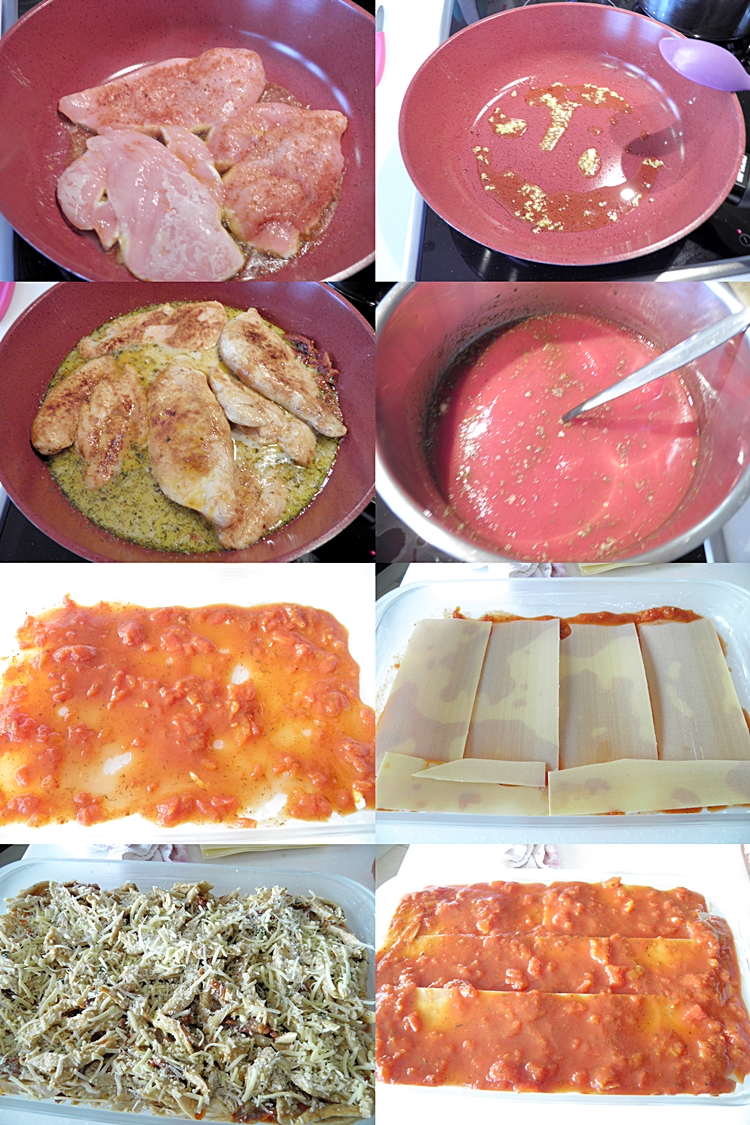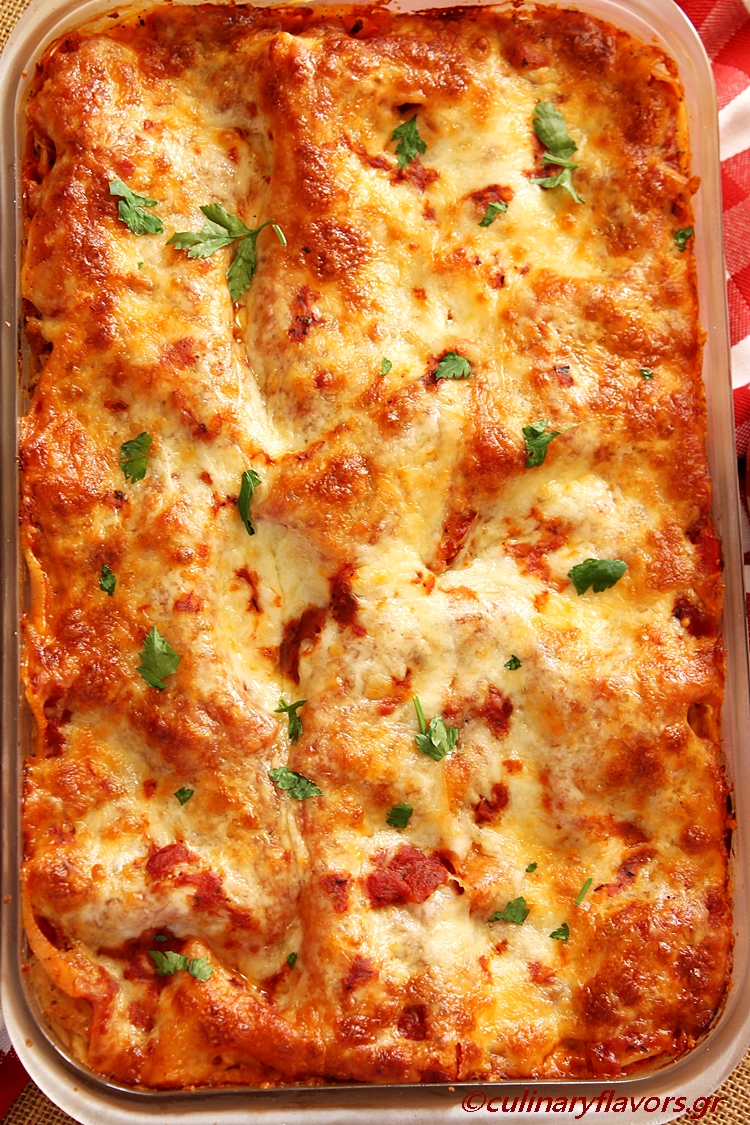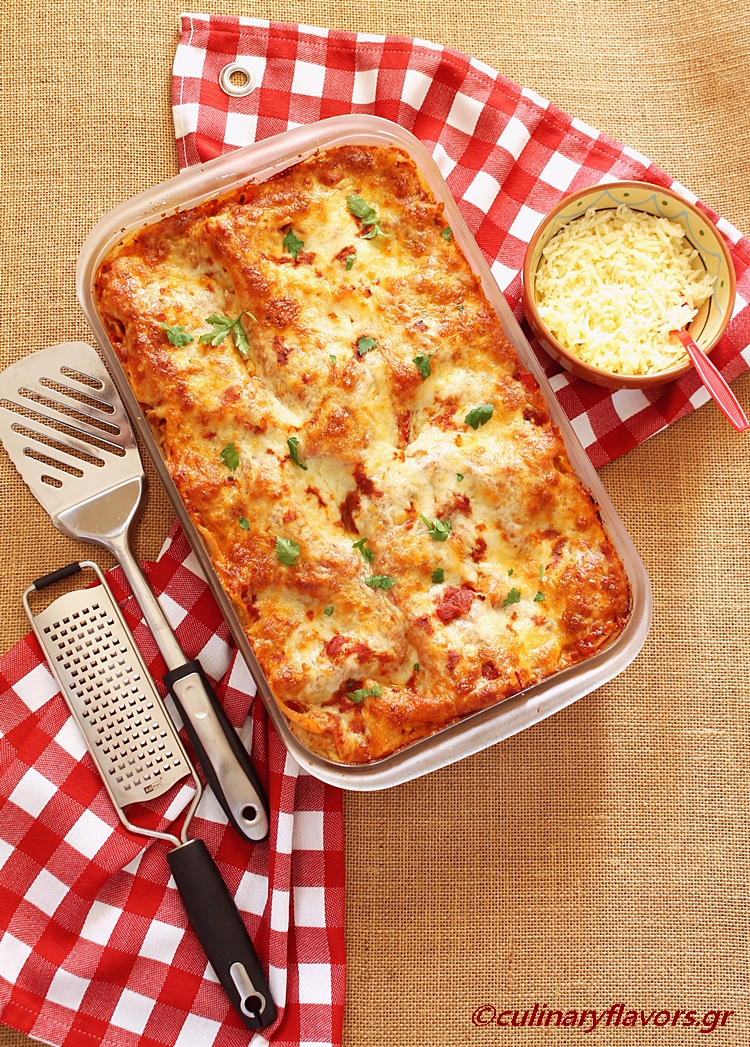Santorini is one of the most famous Greek islands around the world. Santorini island is basically what has remained after a massive volcanic eruption that destroyed all previous settlements and created the current geological caldera.
This enormous volcanic eruption has become the most famous single event in the Aegean before the fall of Troy. It may have been one of the largest volcanic eruptions on Earth in the last few thousand years. Before the Minoan eruption we are talking about, the caldera formed a nearly continuous ring with a single entrance. The eruption destroyed sections of the ring, creating two new channels.
Some geologists try to establish a link between the eruption of Santorini (c. 1600 BC) and the Exodus of the Israelites from Egypt in the Bible. They postulate that the eruption of the Santorini Island volcano (referred to as c. 1500 BC) caused all the biblical plagues that fell over Egypt. They also claim that a marshy area in northern Egypt known as the Reed Sea would have been alternately drained and flooded by tsunamis caused by the caldera collapse and could have been crossed during the Exodus. Many theories have raised and have been challenged regarding this matter and each scientist tries to prove it by presenting his/her arguments.
Other scientists have been trying to link the Atlantis myth to Santorini. Speculation suggesting that Thera/Santorini was the inspiration for Plato’s Atlantis began with the excavation of Akrotiri in the 1960s and gained increased currency as reconstructions of the island’s pre-eruption shape and landscape frescos located under the ash both strongly resembled Plato’s description.
Apart from all these speculations and myths, Santorini is one of the most beautiful Greek islands with amazing sunsets and unique beaches. Every summer is flooded with tourists that want to live the amazing aura of the island. Because of its special soil the island produces unique products such as tomatinis.
This waterless tomatino as we call it has a very intense, sweet flavor and appeared in the island at the end of 19th century. Until 1950 it was one of the major pillars of “Santorinian” economy. With nine small industries that were drying and canning it. This particular variety has thick skin and grows up to a certain point irrespectively of the soil and watering. Its intense flavor is because it is not watered but gets the necessary moisture from the morning humidity.
My parents and I live next door, so any time any of us has people over the other one gives a helping hand. This past weekend it was my turn to help and so I prepared two salads, these lasagnas and a chocolate torte. I wasn’t present, but my mom said that they all loved the lasagna which must have been true since there were no leftovers, unfortunately for my husband who didn’t get to try them at all. These lasagnas are easy to make, and they are truly a crowd pleaser. I made them with Santorini dried tomatoes, but any other sun dried will be fine.
- 10 to 11 lasagna sheets
- 3 chicken breasts
- Salt, pepper and paprika
- 2 garlic cloves, minced
- 1 cup chicken broth
- ⅓ cup light cream
- ⅓ cup sun dried tomatoes, julienned
- ½ cup pecorino Romano
- ¼ tsp each of dried thyme, oregano, basil
- 10 basil leaves, cut chiffonade
- 500 gr. / 1 lb. of tomato puree
- ¼ cup water
- 1 tbsp sugar
- 2 tsp olive oil
- ¼ tsp lemon juice
- ½ tsp salt
- ½ tsp oregano
- ½ tsp basil
- ¼ tsp thyme
- ½ tsp garlic powder
- 300 gr. / 11 oz. mozzarella, grated
- In a deep pot add all the ingredients and bring to boil.
- Reduce heat and let simmer for at least an hour.
- I left it for 2 hours in low.
- Salt, pepper the chicken and sprinkle some sweet paprika
- In a deep pan sauté the chicken breasts until half done.
- Remove and set aside.
- In the same skillet pour three to four tbsp of olive oil and sauté the garlic cloves until fragrant about a minute.
- Pour the broth, light cream, sun dried tomatoes, pecorino and all the herbs.
- Salt and pepper and stir to incorporate.
- Bring to boil and reduce heat to medium.
- Add the chicken breasts and let them cook for about 15 to 20 minutes.
- Remove, let it cool and shred the chicken.
- Preheat oven to 175°C / 350°F.
- Take a pyrex or deep pan with dimensions 35 cm X 25 cm / 14 in. X 10 in.
- Butter the bottom and spread a few tbsp of the marinara sauce.
- Place the 5 lasagna sheets to cover completely the bottom of the pan.
- Spread the chicken filling to cover the lasagna.
- Sprinkle some pecorino or mozzarella on top.
- Cover with the rest of the lasagna.
- Spread the rest of the marinara sauce and sprinkle the mozzarella.
- Bake for 45 minutes or until the mozzarella on top has taken a beautiful golden color and the lasagna are soft.
- Remove from the oven, let rest for 5 minutes and serve.
- 10 έως 11 λαζάνια
- 3 στήθη κοτόπουλου
- Αλάτι, πιπέρι και πάπρικα
- 2 σκελίδες σκόρδο ψιλοκομμένες
- 1 φλιτζάνι ζωμό κοτόπουλου
- ⅓ φλιτζάνι ελαφριά κρέμα
- ⅓ φλιτζάνι λιαστές ντομάτες
- ½ φλυτζάνι Πεκορίνο Ρωμάνο
- ¼ κουταλάκι του γλυκού από ξερό θυμάρι, ρίγανη, βασιλικό
- 10 φύλλα βασιλικού, κομμένα chiffonade
- 500 γρ. κονκασέ ντομάτας
- ¼ φλιτζάνι νερό
- 1 κουταλιά της σούπας ζάχαρη
- 2 κουταλάκια του γλυκού ελαιόλαδο
- ¼ κουταλάκι του γλυκού χυμό λεμονιού
- ½ κουταλάκι του γλυκού αλάτι
- ½ κουταλάκι ξερή ρίγανη
- ½ κουταλάκι του γλυκού ξερό βασιλικό
- ¼ κουταλάκι του γλυκού θυμάρι
- ½ κουταλάκι του γλυκού σκόρδο σκόνη
- 300 γρ. μοτσαρέλα, τριμμένη
- Σε μια βαθιά κατσαρόλα προσθέστε όλα τα συστατικά και φέρτε σε βρασμό.
- Μειώστε τη θερμοκρασία και αφήστε να σιγοβράσει για τουλάχιστον μια ώρα.
- Το άφησα για 2 ώρες στο χαμηλό.
- Αλατοπιπερώστε το κοτόπουλο και πασπαλίστε λίγη γλυκιά πάπρικα
- Σε ένα βαθύ τηγάνι σοτάρετε τα στήθη κοτόπουλου μέχρι να μισογίνουν.
- Αφαιρέστε και αφήστε στην άκρη.
- Στο ίδιο τηγάνι ρίξτε τρεις έως τέσσερις κουταλιές της σούπας ελαιόλαδο και σότάρετε το σκόρδο να βγάλει τα αρώματά του περίπου ένα λεπτό.
- Ρίχνουμε το ζωμό, την ελαφριά κρέμα, τις λιαστές ντομάτες, το πεκορίνο και όλα τα βότανα.
- Αλατοπιπερώστε και ανακατέψτε για να ενσωματωθούν.
- Φέρτε σε βρασμό και να μειώστε τη θερμόοκρασία σε μέτρια.
- Προσθέστε τα στήθη κοτόπουλου και αφήστε τα να μαγειρευτούν για περίπου 15 έως 20 λεπτά.
- Αφαιρέστε από τη φωτιά, αφήστε το να κρυώσει και κόψτε το κοτόπουλο σε ίνες.
- Προθερμάνετε το φούρνο στους 175°C.
- Πάρτε ένα πυρέξ ή ένα βαθύ ταψί με διαστάσεις 35 cm X 25 cm.
- Βουτρώστε το κάτω μέρος και απλώστε μερικές κουταλιές της σάλτσας Μαρινάρα.
- Τοποθετήστε τα 5 φύλλα λαζάνια να καλύψτε εντελώς τον πάτο του ταψιού.
- Απλώστε τη γέμιση κοτόπουλου να καλύψτε τα λαζάνια.
- Πασπαλίστε με λίγο πεκορίνο ή μοτσαρέλα από πάνω.
- Καλύψτε με τα υπόλοιπα λαζάνια.
- Απλώστε την υπόλοιπη σάλτσα μαρινάρα και πασπαλίστε τη μοτσαρέλα.
- Ψήστε για 45 λεπτά ή μέχρι η μοτσαρέλα στην κορυφή έχει πάρει ένα όμορφο χρυσό χρώμα και τα λαζάνια να είναι μαλακά.
- Αφαιρούμε από το φούρνο, αφήνουμε να ξεκουραστούν για 5 λεπτά και σερβίρουμε.




